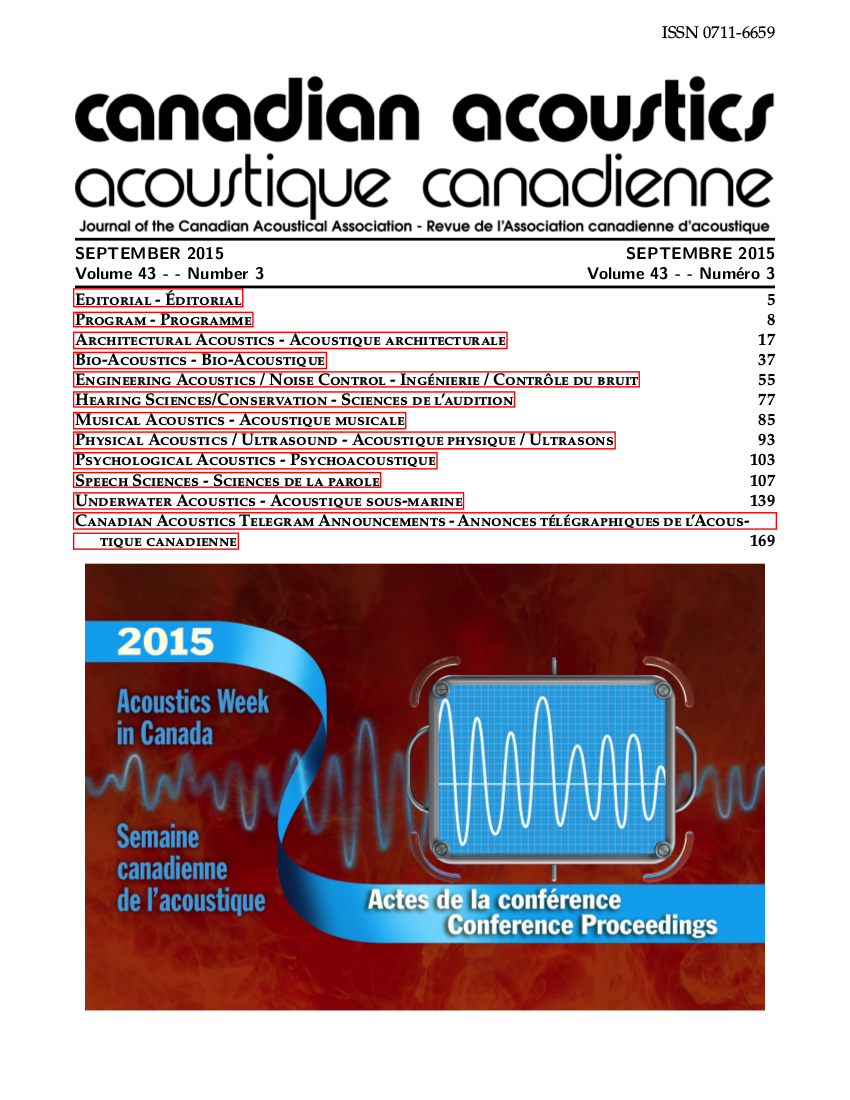Vowels Spaces and Reduction in Plains Cree
Abstract
The present study is a phonetic description of Plains Cree, an indigenous language spoken in Alberta. This study investigates the acoustic characteristics of the vowel space and instances of reduction in Maskwacîs Plains Cree. Three female native speakers of Plains Cree translated words from English into Plains Cree, which contained vowels in word medial stressed and unstressed positions. The data collected indicates that the Maskwacîs dialect vowel space differs from the structure attested in previous work on Plains Cree by Muehlbauer (2012). While the present data are similar in that phonologically “long” and “short” vowels differed in both quality and duration, we do not find a qualitative difference for the long and short /o/ vowels. Expanding upon this data, we investigated instances of reduction using the standard written form of the word as an indication of the expected pronunciation. Focusing on reduction of glide-onset syllables participants were asked to translate a series of words producing a maximal set of glide-onset syllables in word initial, medial, and final positions. A comparison was made between items using the accepted orthographic representation and a phonetic representation. Results of this investigation identify four noteworthy types of reduction in Maskwacîs Plains Cree: fusion of /j/ near high front vowels, assimilation of /i/ to [u] when preceding a /w/, fusion of /w/ when near high back vowels, and reduction in the form of halplology. While more research is necessary to truly begin understanding the amount of phonetic variation in Plains Cree, we hope that this contributes to our general understanding of the sound system of Plains Cree.Additional Files
Published
How to Cite
Issue
Section
License
Author Licensing Addendum
This Licensing Addendum ("Addendum") is entered into between the undersigned Author(s) and Canadian Acoustics journal published by the Canadian Acoustical Association (hereinafter referred to as the "Publisher"). The Author(s) and the Publisher agree as follows:
-
Retained Rights: The Author(s) retain(s) the following rights:
- The right to reproduce, distribute, and publicly display the Work on the Author's personal website or the website of the Author's institution.
- The right to use the Work in the Author's teaching activities and presentations.
- The right to include the Work in a compilation for the Author's personal use, not for sale.
-
Grant of License: The Author(s) grant(s) to the Publisher a worldwide exclusive license to publish, reproduce, distribute, and display the Work in Canadian Acoustics and any other formats and media deemed appropriate by the Publisher.
-
Attribution: The Publisher agrees to include proper attribution to the Author(s) in all publications and reproductions of the Work.
-
No Conflict: This Addendum is intended to be in harmony with, and not in conflict with, the terms and conditions of the original agreement entered into between the Author(s) and the Publisher.
-
Copyright Clause: Copyright on articles is held by the Author(s). The corresponding Author has the right to grant on behalf of all Authors and does grant on behalf of all Authors, a worldwide exclusive license to the Publisher and its licensees in perpetuity, in all forms, formats, and media (whether known now or created in the future), including but not limited to the rights to publish, reproduce, distribute, display, store, translate, create adaptations, reprints, include within collections, and create summaries, extracts, and/or abstracts of the Contribution.


